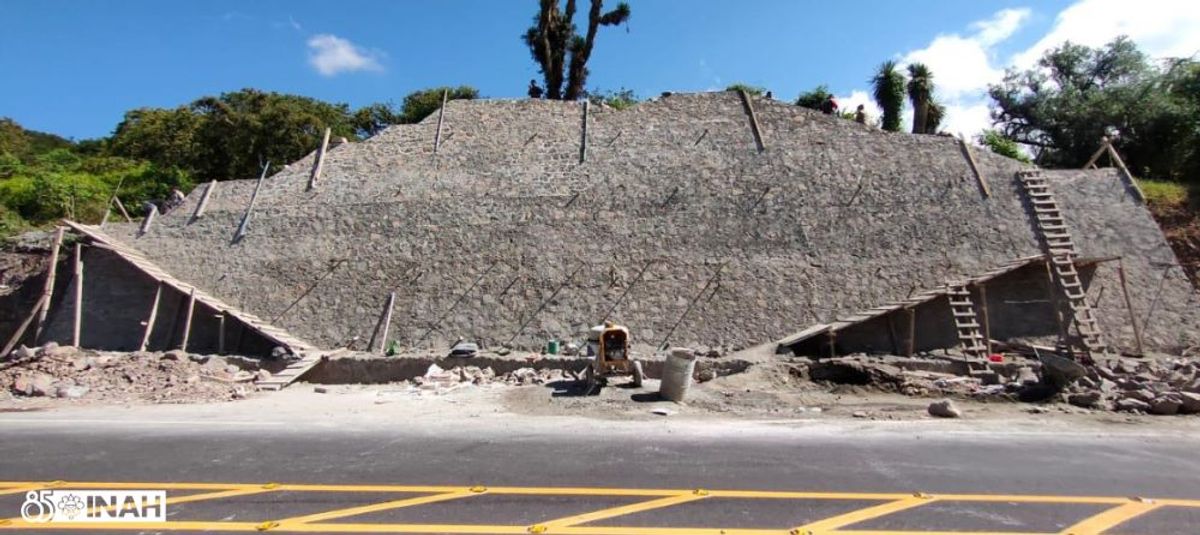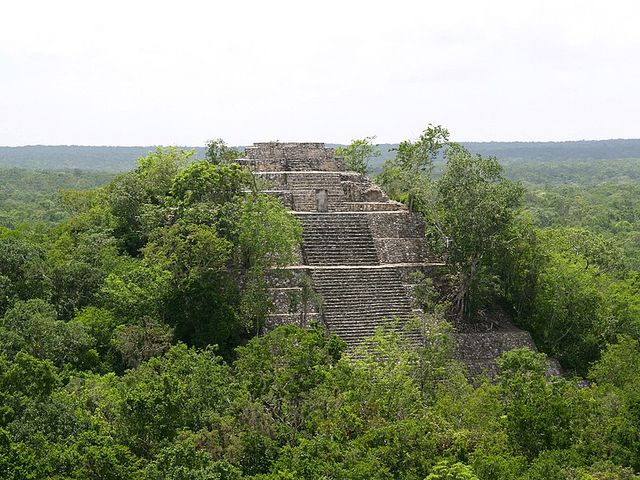An 1,375-year-old pyramid-shaped structure has been uncovered during highway road work in the Sierra Alta region of Hidalgo, just north of Mexico City. Representatives from the country’s National Institute of Anthropology and History (INAH) announced that the structure is known in archaeology as a “pyramidal base”, a foundation upon which a pyramid was typically built.
In Mesoamerica, a historical territory extending from modern-day Central Mexico to northern Costa Rica, the pre-Hispanic Maya, Aztec, Teotihuacán and other civilisations built pyramid-shaped monuments for a variety of ceremonial and religious purposes, usually featuring central staircases and stepped designs. Often, these pyramids served as temples at the heart of metropolises.
The discovery of this base originally took place in June, during construction of a new lane on Mexican Federal Highway 105. According to experts, the structure might date from a pre-Hispanic settlement once called Metztitlan, a kingdom that managed to stay independent from Aztec control. The site comprises five sections and ten archaeological mounds, sporting items and infrastructure that span the Late Classic period (AD650-950) to the Aztec period (1350-1519).
Following the unearthing of the pyramid foundation, archaeologists conducted a further excavation of 155 artefacts, including shells, ceramics and other materials. Héctor Labra Chávez, the director of tourism in the neighbouring town of San Agustín Metzquititlán, said in a statement that there were "no known remnants of pre-Hispanic civilisations in this immediate area” prior to this discovery.
On 6 December, Mexico News Daily reported that the pyramidal base would be reburied as a preservation effort after sufficient documentation is taken for 3D models. This decision was due in part to Mexican president Claudia Sheinbaum’s call to slash INAH's budget by 45%, limiting funds for further investigation and study.
This discovery follows the uncovering of a vast Mayan city in the Mexican jungle in October.



